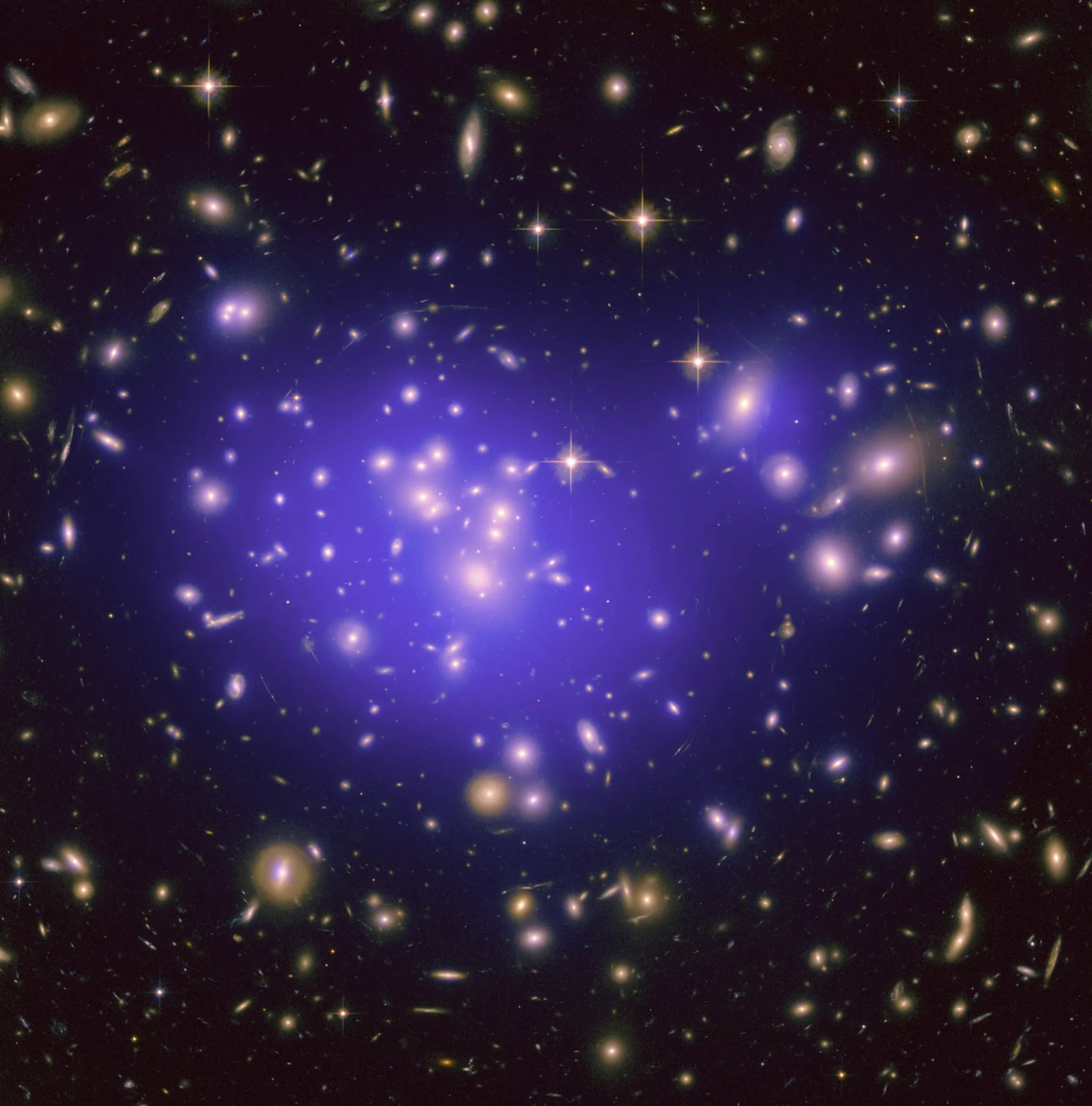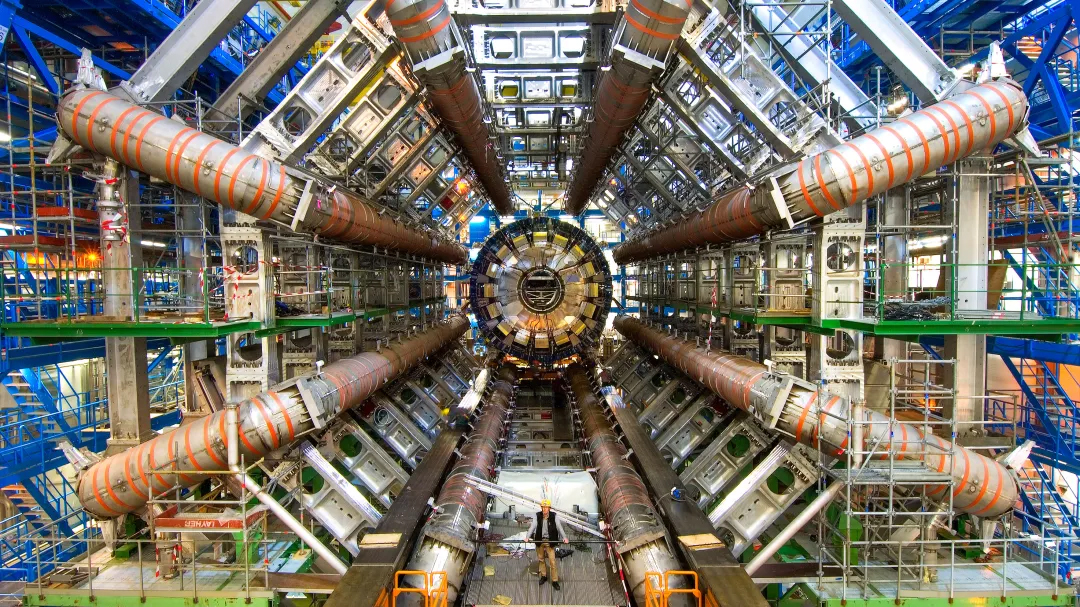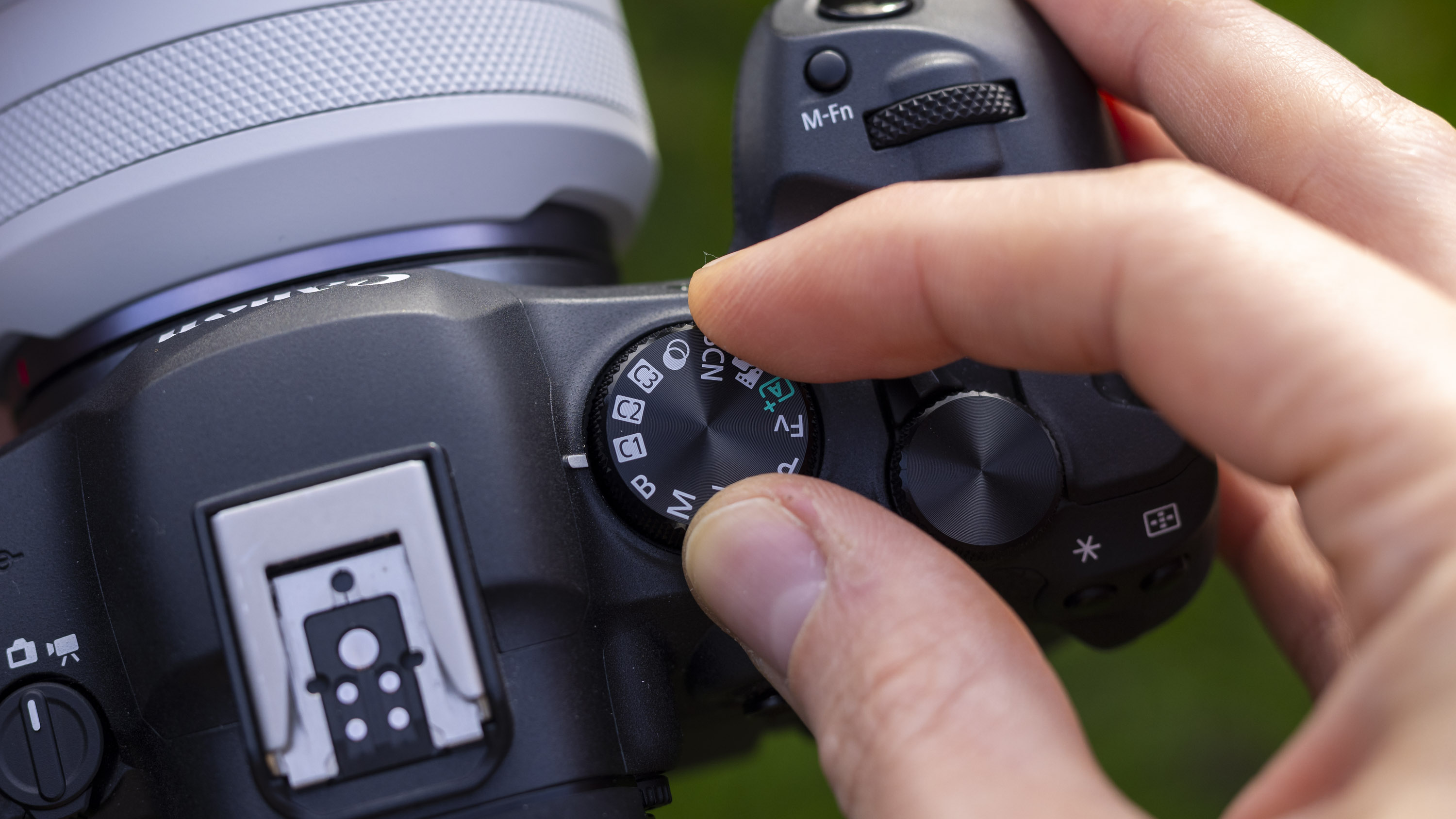Can scientists capture the first images of dark matter with this camera trap-like device?
Scientists have created a camera trap-like device in an attempt to capture a "one in a million" image of dark matter

More than 80% of the universe is made out of things we cannot see, known as dark matter. Dark matter has never been photographed, according to NASA.
We know that invisible dark matter exists by monitoring the effect it has on the things that we can see – how its gravity distorts and bends light from more distant objects in space (known as gravitational lensing).
Dark matter emits no light or energy, and scientists can only speculate what it is made of or whether it exists in the realms of our theories at all.
In a world-first, scientists are now developing camera trap-like technology to try to hunt for the elusive substance, with a prototype nearly completed.
The Large Hadron Collider (LHC) is located at the European Organization for Nuclear Research, known as CERN, near Geneva, Switzerland. It is the world’s largest and most powerful particle accelerator.
It works by recreating conditions similar to that of the Big Bang by smashing particles together at light speed. This results in a variety of subatomic particles being produced, some of which could potentially be dark matter.
Ashutosh Kotwal, an acclaimed professor of physics at Duke University, is spearheading the development of a silicon-based detection device, equipped with an advanced algorithm designed to sift through the huge amount of data generated by the LHC.
The best camera deals, reviews, product advice, and unmissable photography news, direct to your inbox!
The aim of this camera trap-like device is to detect the incredibly subtle signs of dark matter within the data from CERN. If researchers can recreate dark matter at the LHC, its particles might be traceable by the device as they leave the sight of a point of collision.
Functioning in a similar way to a camera trap used in wildlife conservation, the sophisticated silicon detector is designed to detect evidence of “disappearing tracks” left behind after a collision, indicating the potential presence of particles decaying into invisible dark matter.
"Most of these images don't have the special signatures we're looking for," Kotwal said. "Maybe one in a million is one that we want to save."
This project centers around the “track trigger” algorithm developed by Kwotal and his team. This algorithm processes data from the LHC at high speeds, identifying signals of dark matter. It filters out background noise and focuses on very specific patterns, hoping to pinpoint rapid signs of dark matter interactions.
If successful, this discovery would have huge implications for physics and cosmology – validating existing theories about dark matter, or providing new explanations, and leading to the discovery of new particles and forces. This could force us to reevaluate our understanding of the fundamental laws of nature.
Take a look at our guides to the best cameras for astrophotography, the best lenses for astrophotography, and the best star tracker camera mounts for astrophotography.

After graduating from Cardiff University with an Master's Degree in Journalism, Media and Communications Leonie developed a love of photography after taking a year out to travel around the world.
While visiting countries such as Mongolia, Kazakhstan, Bangladesh and Ukraine with her trusty Nikon, Leonie learned how to capture the beauty of these inspiring places, and her photography has accompanied her various freelance travel features.
As well as travel photography Leonie also has a passion for wildlife photography both in the UK and abroad.

